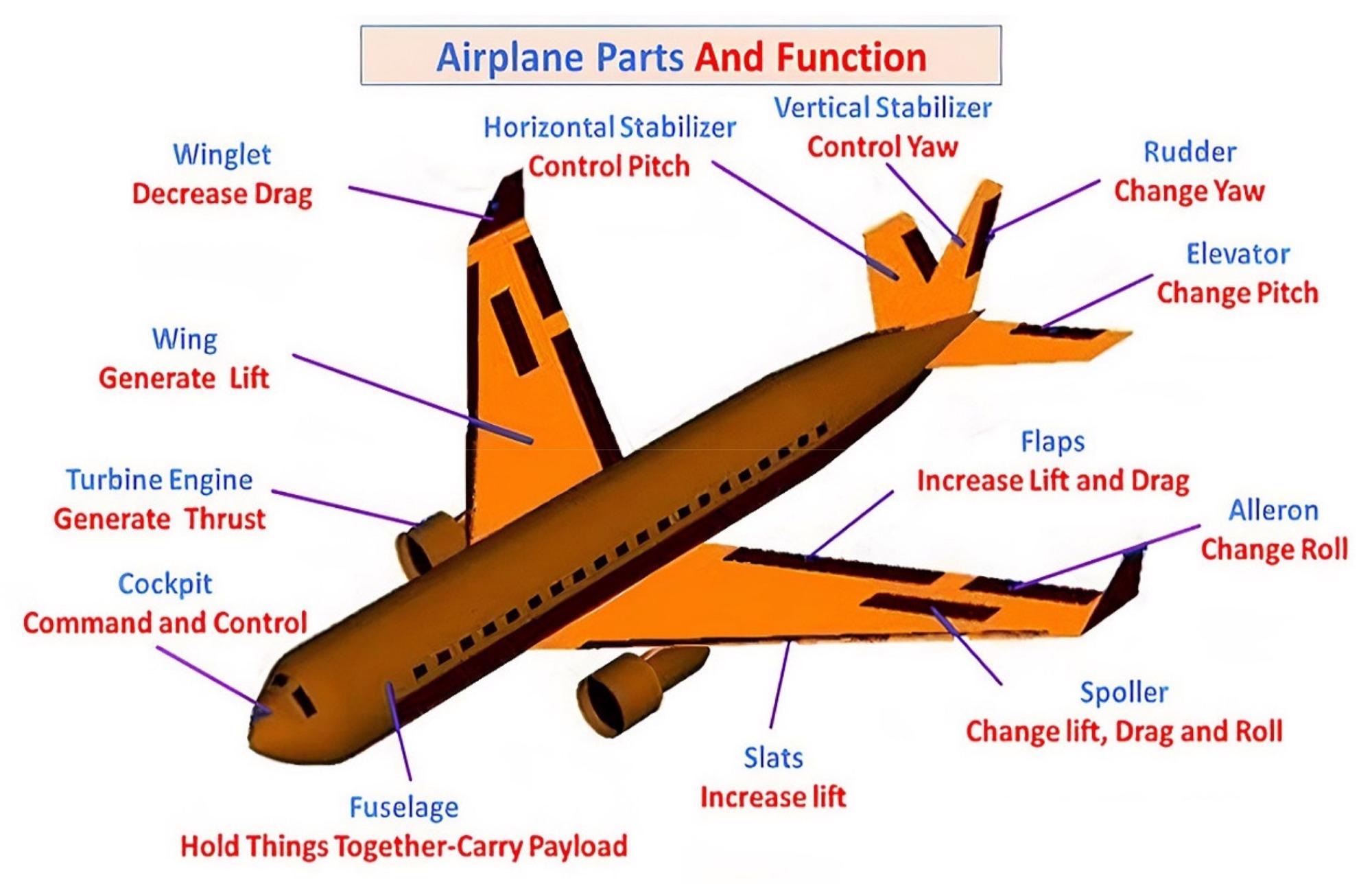An article recently published in the journal Polymers explores the potential of ceramic nanoparticle-embedded multiscale-hybridized fiber-reinforced polymers in aerospace structures. Two separate types of hybrid fibers; weaved carbon and fiberglass, were chosen, while alumina (Al2O3) and graphene nanoplatelets (GNPs) were selected as the two ceramic nanoparticles to insert into a polymeric matrix of epoxy resin.

Study: Synthesis and Characterization of Hybrid Fiber-Reinforced Polymer by Adding Ceramic Nanoparticles for Aeronautical Structural Applications. Image Credit: Gorodenkoff/Shutterstock.com
Thin-Walled Structures in the Aeronautical Industry
When dealing with the complicated issue of varied loading levels, thin-walled structures (TWS) have become increasingly important for structural uses in the aircraft industry. Fiber-reinforced polymers (FRPs) have been utilized to manufacture TWS because they offer several benefits, including elevated strength levels, anti-corrosive properties, lightness, cost efficiency, and simplicity of production. These benefits make FRP-produced thin-walled structures an ideal choice for structural uses in the aerospace industry.
A number of integral aircraft components, including wings, flight control systems, landing gear, fuselage, vertical and horizontal stabilizers, and engine structures are regularly subjected to significantly variable stresses.
Longevity and reliability are therefore primary requirements for newly produced aerospace structures. However, any new structure produced for aeronautical purposes is governed by the role it is to perform (passenger flights or aerial combat). Additional aviation variables such as financial aspects, environmental effects including ultraviolet deterioration and harsh thermal conditions, and safety concerns will also influence its design.
A crucial challenge involves optimizing the weight of the aircraft part, which has a significant influence on technical and flying aspects, as well as cost-effectiveness. One method to decrease weight is the use of TWS in aviation structures.
Aerospace structures composed of fiber-reinforced polymers have tunable fiber and polymer compositions so as to achieve a mix of distinct microstructural features and mechanical capabilities, making them a viable choice for aeronautical structural applications.

Airplane components and functions. Image Credit: Bafakeeh, O., et al.
Composition of Thin-Walled Structures
Carbon fiber has shown great promise as a fiberglass alternative. It has a much better density and rigidity than fiberglass, enabling structural components to be made lighter, more compact, and rigid.
Comparatively, the capacity of carbon fiber structures to withstand damage, their compression strength, and ultimate strain is lower than fiberglass; carbon fiber is also significantly costlier. Furthermore, polymers reinforced with either of the two may have anisotropic (direction-dependent) characteristics.
The study suggests the utilization of unique hybrid fiber-reinforced polymers (HFRP) which offer several advantages. Some of these benefits include lower costs, enhanced mechanical qualities, anti-corrosive characteristics, higher fracture strength, and protection against environmental adversities.
To improve the operational lifespan of aerospace structural components, innovative materials must be developed and tuned to be substantially stronger, lighter, and more fatigue resistant than those now utilized.
The team employed the process of ultrasonication to achieve optimum distribution of ceramic nanoparticles with the epoxy resin. The developed polymer’s nanostructure, X-ray diffraction (XRD) patterns, stiffness, and tensile characteristics were studied.

Scanning electron microscopy of prepared samples at cross-surface: (a) S1, (b) S2, (c) S3, and (d) high magnification scale of S3. Image Credit: Bafakeeh, O., et al.
The combination of mechanical qualities of the fibers, chemical and physical development of the resin, fiber/resin interface characteristics, and the working environment determine the intricacies of the hybridization process. Hybridization of weaved carbon fiber and fiberglass at two-thirds volumetric part with graphene nanoplatelets (GNPs) and alumina (Al2O3) nanoparticles embedded inside the polymer matrix were found to be adequate for fabricating aerospace structural components having exceptional qualities.
Two strategies, the hand lay-up method, and compressive molding are used in this study to manufacture the structural components for aviation by employing hybridized FRPs with embedded ceramic nanoparticles. The components in this study were fabricated using four layers, two of carbon fiber and two of fiberglass.
Key Benefits
Researchers revealed important advantages of the variations among structural forms of the additive materials used in the matrix. These advantages include assistance in the combination of fiber particles with the matrix framework, fortifying the components of the polymer together, and removal of any cavities, bubbles, or pores in the microstructure.
Essentially, the union of the epoxy matrix, hybridized fiber fabrics, and ceramic nanoparticles yields a major advantage in producing remarkable physical, chemical, and mechanical qualities.
The strength and tensile characteristics of the structural components were found to improve immensely with the infusion of graphene nanoplatelets and alumina nanoparticles in the matrix. Dispersion, distribution, and adhesion of constituents of the polymer are largely dependent on the form of layered structuring of the fibers, nanoparticles, and the matrix.
Continue reading: How Graphene-Based Self-Cleaning Filters Could Benefit the Aerospace Industry.
Reference
Bafakeeh, O., Shewakh, W., Abu-Oqail, A., Abd-Elaziem, W., Abdel Ghafaar, M., & Abu-Okail, M. (2021) Synthesis and Characterization of Hybrid Fiber-Reinforced Polymer by Adding Ceramic Nanoparticles for Aeronautical Structural Applications. Polymers, 13(23). Available at: https://www.mdpi.com/2073-4360/13/23/4116
Disclaimer: The views expressed here are those of the author expressed in their private capacity and do not necessarily represent the views of AZoM.com Limited T/A AZoNetwork the owner and operator of this website. This disclaimer forms part of the Terms and conditions of use of this website.